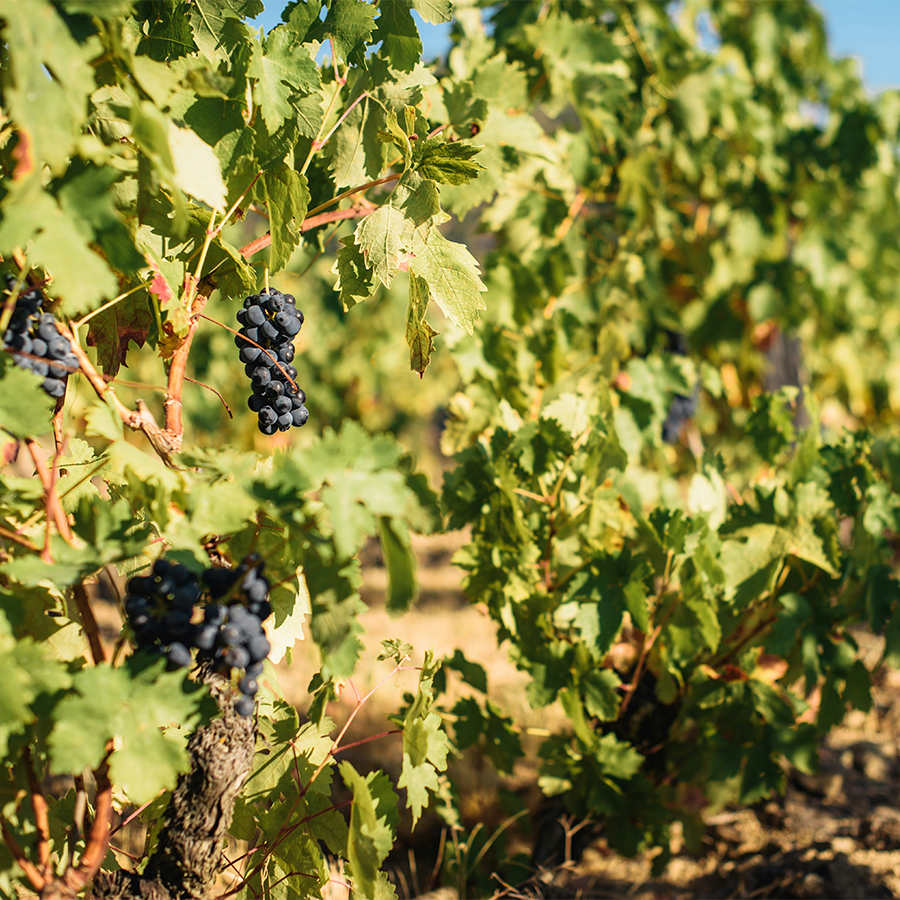The revival of ancient grape varieties …
In our vast wine world, the focus is mostly on iconic international grape varieties such as Chardonnay, Tempranillo, or Cabernet Sauvignon. However, ancient and indigenous grapes make the world of wine intriguing, interesting and unique, and these grapes deserve a place in the wine glasses on our tables.
Forgotten grapes have many stories to tell, and they also carry important genetic diversity. Once sipped by kings and queens, these varieties have been marginalised or even abandoned over time for reasons including low-yielding ability, susceptibility to disease, or simply changing trends. However, today, numerous passionate vignerons from around the globe are giving them a stage again. These heroes are dedicating their efforts to replanting ancestral varieties or rescuing old vines to express not only the true heritage of their terroirs but also to adapt to current viticultural challenges.
Faced with the dilemmas of climate change, loss of biodiversity and taste standardisation, wine producers are looking for solutions – and what better solution than re-exploring the potential of old varieties that are perfectly suited to their native terroirs and bursting with personality?
In France, the Southwest region excels at reviving these old varieties. For example, the region of Fronton, 35km north of Toulouse, recently saved a variety called “Bouysselet” from extinction. In 2009, only 60 vines were left; today, nearly ten hectares are planted. Bouysselet proves to be hardy, surviving poor vintages – thick-skinned and late-ripening, it is resistant to rot and heat while producing delicious wines. The cooperative of Plaimont, in the Gers, has also been a fervent advocate for the protection of ancient grape varieties, opening a special vine nursery dedicated to their preservation in 2002.
“The revival of ancient grape varieties is a step forward in ensuring a sustainable and diverse future for the wine industry.”
Champagne is another region revisiting the potential of its minority grapes to face the challenges of climate change. Petit Meslier and Arbane currently represent less than 0.3 per cent of plantings in the region, but more and more producers are starting to reintroduce them into their vineyards. These grapes resist heat well and ensure beautiful, crisp acidity, which is key to producing high quality sparkling wines.
In Piedmont, Italy, Timorasso is a local white grape that has been cultivated since the Middle Ages. After World War II, however, its production was gradually abandoned in favour of more vigorous and disease-resistant grapes. In the 1980s, Walter Massa, a winemaker from the town of Tortona in Piedmont, rediscovered the grape and fell in love with its potential. Together with other producers in the region, Massa replanted the variety, and the rest is history. Today, Timorasso is considered one of the best white grape varieties in Italy. People love it for its intense aromas of stone fruits, flowers, and honey, as well as its full body and creamy profile, always balanced by vibrant acidity.
In Spain, the Torres family has contributed immensely to the research and preservation of ancient Catalonian varieties. Forcada, Pirene, Gonfaus, Moneu, and Querol are now part of the heritage of their estates and are particularly praised for their drought resistance. The list of Spanish heritage grapes is broad and not confined to Catalonia – Moristel in Aragón, Albillo Real in Castilla y León, Romé in Andalusia, or Listán Blanco and Negro in the Canary Islands are all wonderfully interesting varieties.
But the quest to reconnect the past to the present is not limited to Europe. Chile is also leading the trend with a variety called País, which was first brought from Spain in the 16th century. País has always been widely planted in Chile, primarily for bulk wine production, but for much of the 20th century, it was replaced by varieties like Cabernet Sauvignon.
In more recent years, boutique wineries, particularly in Chile’s southern regions of Maule, Itata, and Bio-Bío, have embraced País for its ability to reflect terroir. Many of the vineyards are over 100 years old, ungrafted, and dry-farmed, resulting in wines of incredible complexity and character. País is also a favourite among natural wine producers due to its hardy nature, drought resistance, and thick skins, which reduce the need for pesticides. In short, it is well-suited for minimal-intervention winemaking.
Wines made from País range from light, bright reds with fresh red fruit flavours that can be enjoyed chilled to more rustic, earthy wines with herbal nuances that appeal to old-world wine fans. It is also used to produce rosé, sparkling and even fortified wines.
The revival of ancient grape varieties is more than a journey into winemaking’s past; it is a step forward in ensuring a sustainable and diverse future for the wine industry. By celebrating and preserving these forgotten treasures, winemakers and wine lovers alike contribute to a richer, more resilient world of wine – one that connects the wisdom of history with the innovation of the present. @julie_dupouy
OLD MEETS NEW
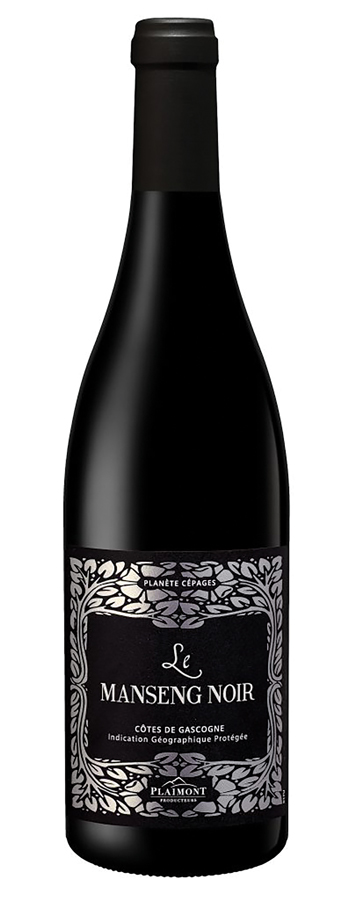
Manseng Noir, Plaimont Terroirs et Châteaux, Côtes de Gascogne, €22.50; www.h2gwines.ie
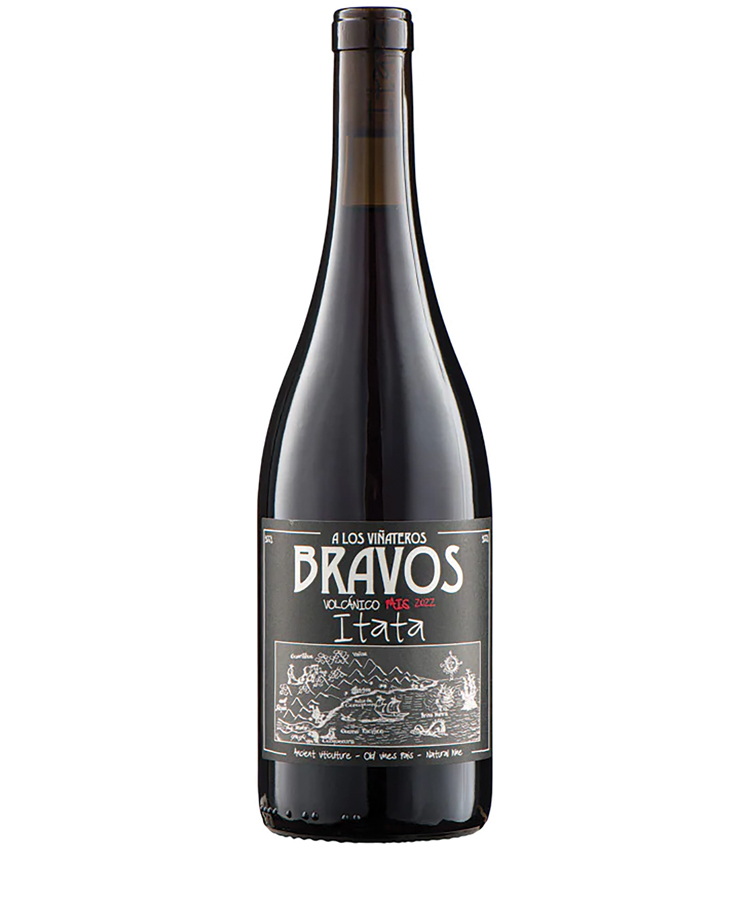
País “Volcanico”, A Los Vinateros Bravos, Leonardo Erazo, €24.95; www.mitchellandson.com.
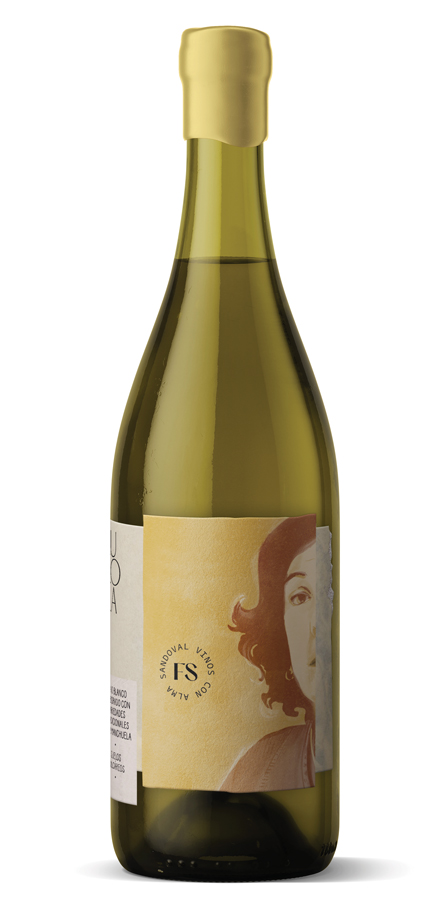
Aurora, FS, Finca Sandoval, Manchuela, Spain, €33.99; www.greenmanwines.ie.

Fo-22, Edition Limitada, Jean Leon, Catalonia, €23; www.thecorkscrew.ie.
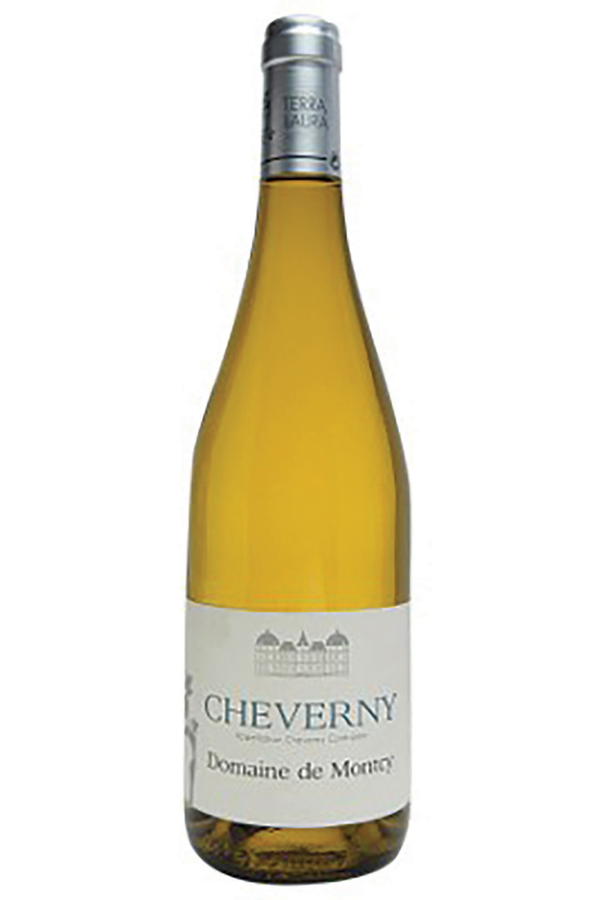
Cheverny Blanc, Domaine de Moncy, €23.95; www.mitchellandson.com.

Altru Bianco, Domaine Yves Leccia, Corsica, €42.50; www.64wine.ie.
We may earn a commission if you buy through affiliate links on our site.





